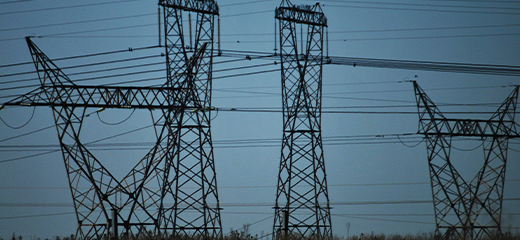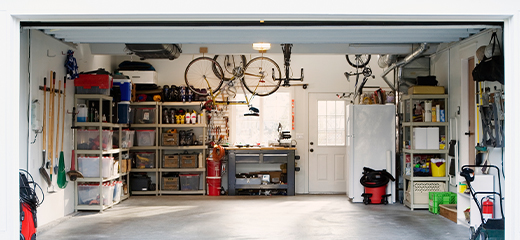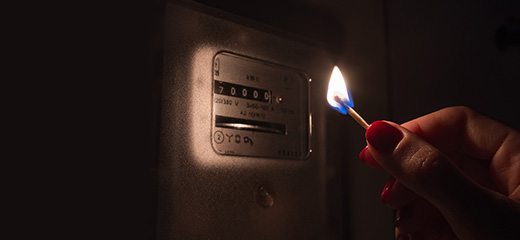
Why your home needs surge protection
Your home’s electrical supply is less stable than you think and that’s not even taking loadshedding into account. In fact, Ellies says that the typical home experiences power surges every day, but we simply don’t notice them.
While we might not notice these everyday surges, our appliances and devices do. The cause for many of the surges that are not related to storms, loadshedding or power outages is due to faulty electrical wiring in the appliance or home and the sudden turning on and off of high power consumers like heaters and air conditioners.
These surges impact your appliance’s operational efficiency and the damage is often irreparable. As an example, electronics such as TVs and audio equipment are particularly sensitive to surges or spikes in voltage, says Ellies. The damage done during a spike could be as minimal as one of the connection ports no longer working to the motherboard getting ‘fried’.
A recent report in the Saturday Star has revealed just how much damage loadshedding is doing to equipment and how difficult claiming damages from utilities can be. In the article, City Power reveals that during the 2021/22 financial year, it received 18 damage claims due to loadshedding with an estimated loss amount of R219 000. Of these, only 3 claims were paid out totalling R23 000.
Three months into its new financial year, City Power disclosed that it had already received 14 claims with an estimated loss amount of R204 000.
How does surge protection work?
Surge protection comes in many forms, from the circuit breaker or trip switch on your home’s electrical board, to multiplugs and adapters, to specialty surge-protected plugs that can be used to replace the original plug on appliances.
If you’ve ever had lightning or a faulty appliance trip the circuit breaker on your electrical board, you might think that your appliances are protected from surges. Unfortunately, this common misconception is not entirely accurate. The job of the circuit breaker is to prevent your home’s wiring from overheating and catching fire when there’s too much electrical current. In this regard, circuit breakers are essential for the safety of your home and family.
However, if you’ve ever seen your lights dimming or flickering, you might have noticed that your circuit breaker didn’t trip. This is because the surge wasn’t significant enough to be a hazard to your home’s electrical wiring. That doesn’t mean that the surge was safe for your appliances and devices though.
This is where ‘point of use’ surge protectors come in handy, protecting your appliances from surges that are not extreme enough to trip your circuit breaker. These multiplugs, adapters and plugs, which are plugged into your wall, monitor the electricity flow and absorb and disperse the extra power when there is a surge, preventing that excess energy from reaching and damaging your appliances and devices.
Surge protection lifespan
Surge protection products typically come with warranties against damage to your appliances and devices. However, the surge protection adaptor or plug does not last forever, especially if your home is experiencing multiple surges or power outages. Regular loadshedding, in particular, can put a lot of pressure on these items, shortening their lifespan as they are repeatedly called on to protect your devices.
To extend the lifespan of your surge protection and protect your appliances, it is strongly recommended that you unplug all surge protection products, devices and appliances from the wall when power goes out and wait until 10 minutes after power has been restored to plug them back in. Also, keep an eye on the indicator light to make sure your surge protection is still in working order.
Loadshedding and lightning insurance
While the combination of circuit breakers and surge protectors can significantly reduce the risk of irreparable damage to your household items, they cannot protect your appliances from direct lightning strikes or extremely high power spikes such as those that have resulted in explosions at utility substations in recent years.
For these types of events, you need to consult with your insurer about the extent of the protection offered under your existing policies. In light of the extensive damages that many homes are experiencing as a result of loadshedding and power failures, many insurance companies are now offering add-on loadshedding policies to help homeowners protect their possessions.
LookSee is a free home efficiency platform aimed at making homeownership easier and more affordable.









